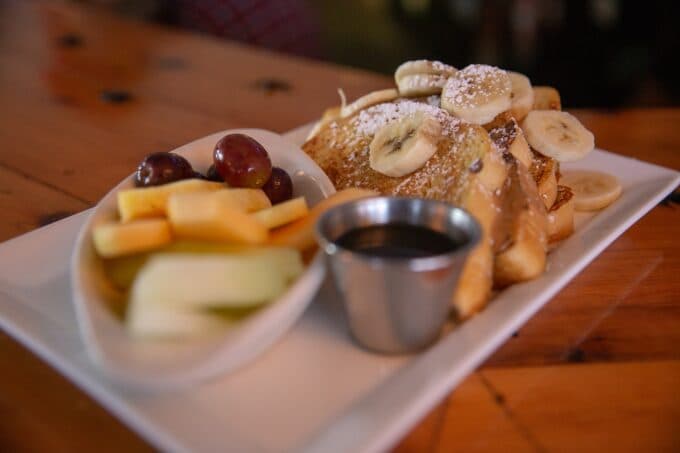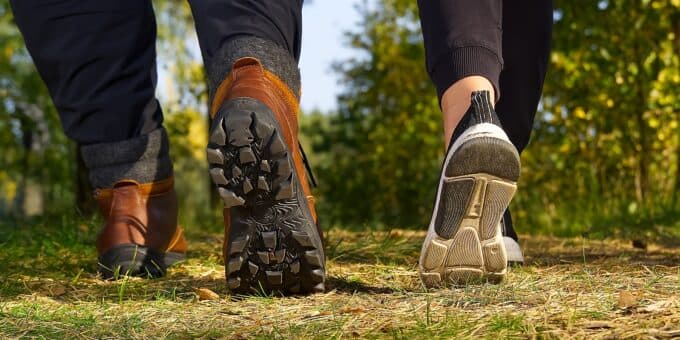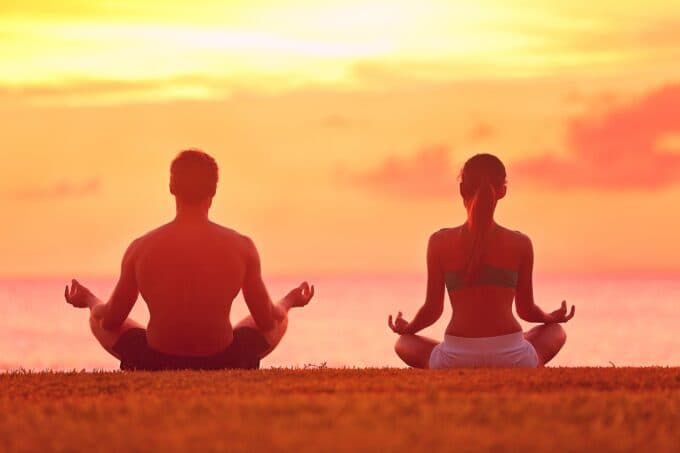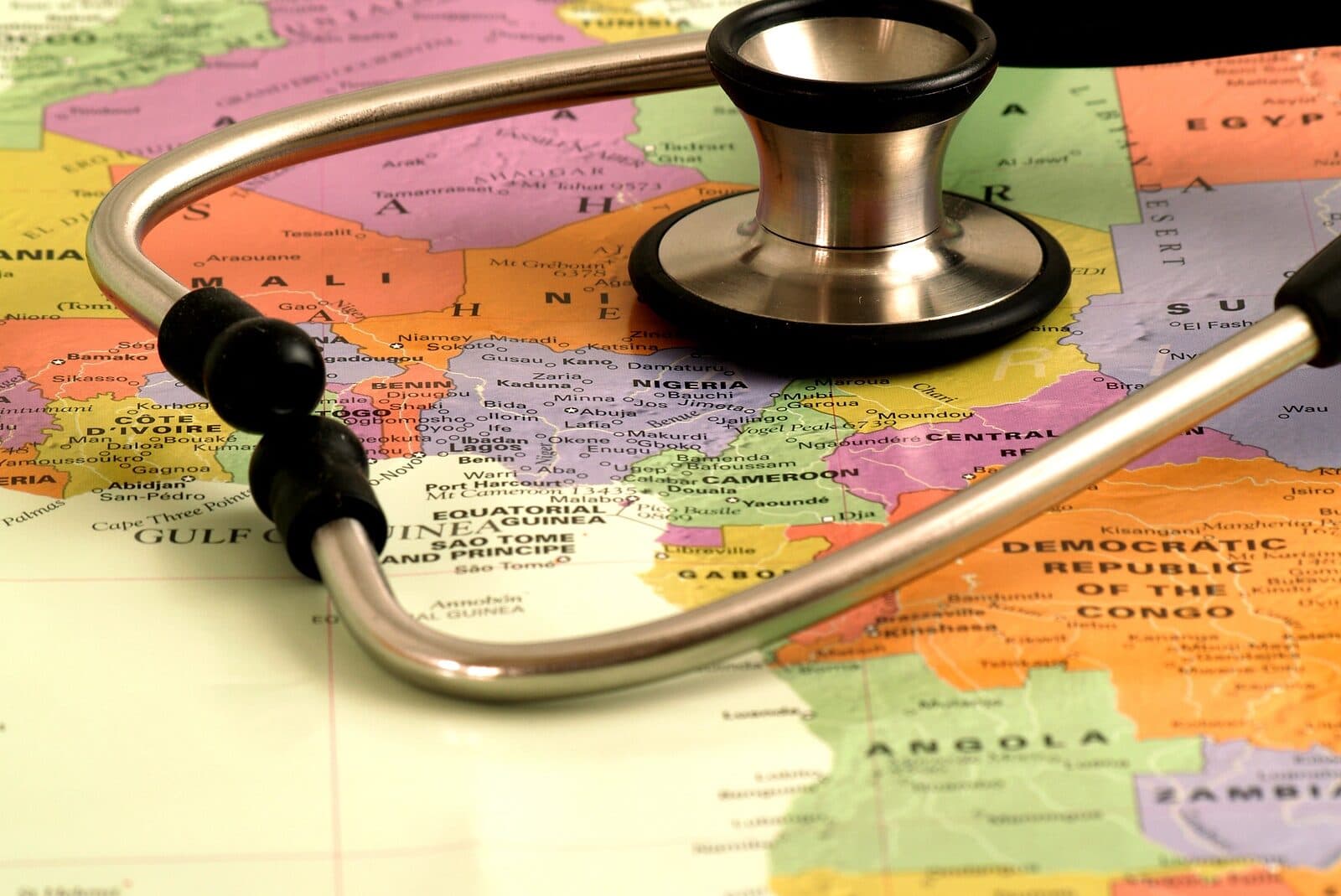8 travel health tips to keep vacation enjoyable are here! Think about how much time we spend on planning a vacation! We spend hours plotting out activities, excursions, meals, and packing essentials. Are you planning a major family vacation? Perhaps you are the "road warrior," and travel is a way of life, or you travel for work. You can leverage many simple routines to help you stay healthy on the road, and these 8 travel health tips are the ticket. The simple tips to proactively care for your health during travel can ensure the best trip possible.

Have you ever taken an extended trip and started to feel listless by the end of your excursion? Have you started feeling drained of energy and cut your trip short? You need these 8 travel health tips if you set out on a voyage of rejuvenation and come back feeling tired and drained. This rundown feeling happens when your internal clock resets from prolonged periods of inactivity or activity you typically do not engage in. Behaviors such as over-eating, significant changes to sleep habits, or going without exercise stunt your body into a different state of homeostasis. On the surface, a week-long vacation including lots of R&R sounds like a good refueling, but the reality is when it comes down to getting out of a routine, we can be left feeling drained, tired, and even ill. It can be a real challenge to keep up a routine when you are away from home travel for leisure or business. Read on for recommendations on how to stay healthy and fit during your next trip.
Health and Wellness Basics
1.Don't Ignore Jet Lag
Crossing time zones may leave you with a case of jet lag for a couple of days. It's essential to check online for lodging that recognizes travel health tips and offers rooms that tackle jet lag. Rooms that provide special lighting, massage, and aromatherapy help adjust sleep patterns. Take time to relax upon arrival to help reset your body's natural clock and resist the urge to hit the ground running on arrival. Before your arrival, check with your hotel about the amenities they provide to help with jet lag.
2. Get Plenty of Sleep
It is crucial to prioritize sleep and downtime for your health and well-being, especially when traveling. The hospitality industry recognizes this and now offers services to promote relaxation and a restful night's sleep. Many inns provide guests with high-end mattresses, bedding, pillows, sound machines to block out background noise, and blackout curtains. Hotels may also offer information about local spa services that provide relaxation, yoga, and aromatherapy to help ensure you have a perfect night's sleep. Many hotels and Inns will direct you to local spa services that provide relaxation, yoga, and aromatherapy. All will help ensure you have a perfect night's sleep.

3. Eat Well
Eating a balanced, nutritious meal is the most challenging thing to do while traveling. Life on the road is busy; there are tight schedules to meet, flights to catch, poor access to quality food, and traveling with small children makes it even more challenging. At Tall Pines Inn Guest Food Service our food is made fresh every day, and only whole ingredients used so it's healthy and delicious! When traveling, fast food is everywhere, making healthy eating difficult. Here you can find travel health tips for fast food when chosen carefully and not eaten in excess. The key to choosing fast food meal options is to avoid food high in trans fats and sugar, and high in fiber and protein. Avoid calorie-dense foods, keeping the entire meal at about 500 calories. See the following Healthy Fast Food Guide for healthy fast food choices.

4. Exercise Equipment - Ideas Needed
Lucky for today's travelers, many Inn owners and Innkeepers recognize the need for guests to maintain their exercise program. Some of the larger Inns and Boutique Hotels will have a room dedicated to fitness, complete with a recumbent bike, treadmill, set of dumbbells, or yoga mats, to name a few. Some will even add smaller items, such as a yoga mat, exercise DVDs, or TV streaming in the guest room. In some areas, you may have access to a gym. When no gyms are available, pull out the hiking trail maps and use Mother Nature as your free outdoor workout.
5. Room to Roam
Lucky for today's travelers, many Inn owners and Innkeepers recognize the need for guests to maintain their exercise program. Some of the larger Inns and Boutique Hotels will have a room dedicated to fitness, complete with a recumbent bike, treadmill, set of dumbbells, or yoga mats, to name a few. Some will even add smaller items, such as a yoga mat, exercise DVDs, or TV streaming in the guest room. In some areas, you may have access to a gym. When no gyms are available, pull out the hiking trail maps and use Mother Nature as your free outdoor workout.

6. First Aid Kit
It seems simple but those little cuts, scrapes, and insect bites can cause major irritations, and go from minor to serious without prompt intervention. A simple first aid kit doesn't have to break the bank to be effective for a wide range of minor wounds. According to the American Red Cross the following should be included in your kit:
- First Aid Guide
- 2 absorbent compress dressings (5 x 9 inches)
- 25 adhesive bandages (assorted sizes)
- 1 adhesive cloth tape (10 yards x 1 inch)
- 5 antibiotic ointment packets
- 5 antiseptic wipe packets
- 2 packets of aspirin (81 mg each)
- 1 emergency blanket
- 1 breathing barrier (with one-way valve)
- 1 instant cold compress
- 2 pair of nonlatex gloves (size: large)
- 2 hydrocortisone ointment packets
- 1 3-inch gauze roll (roller) bandage
- 1 roller bandage (4 inches wide)
- 5 3 x 3-inch sterile gauze pads
- 5 sterile gauze pads (4 x 4 inches)
- A thermometer (non-mercury/non-glass)
- 2 triangular bandages
- Tweezers
Keep in mind this is a basic first aid kit. If you have family members with certain medical conditions you may need to have a customized kit. Items such as Glucose tablets for diabetics or Epinephrine (Epi-Pen) for those with severe allergies should be considered when packing a first aid kit. Those trained in CPR or First Aid may want to fortify their kits to include more advanced resuscitation devices.
7. Check the Water Supply
While traveling it is wise to keep in mind where you are prior to consuming local water supply. It's safe to assume that you should not drink tap water while traveling in the Countries of Africa, South America, or Central America. Typically anywhere in North America, such as the United States, Canada, and Greenland have safe water supplies. Mexico is a popular tourist destination that remains a concern for potable water. Whenever in doubt drink bottled water and don't eat any foods that have been rinsed in the local water and not cooked.
8. Watch After Yourself
It may seem like great fun to try all the local cuisine, engage in the nightlife, hike all of the trails, and partake in local made drinks... until you fall ill! Limit the different types of foods and drinks you test out on your body. Give your body at least 12 hours to adjust to a local dish making sure you digest that spicy pasta or mysterious alcoholic concoction before you delve deeper into the unknown.


